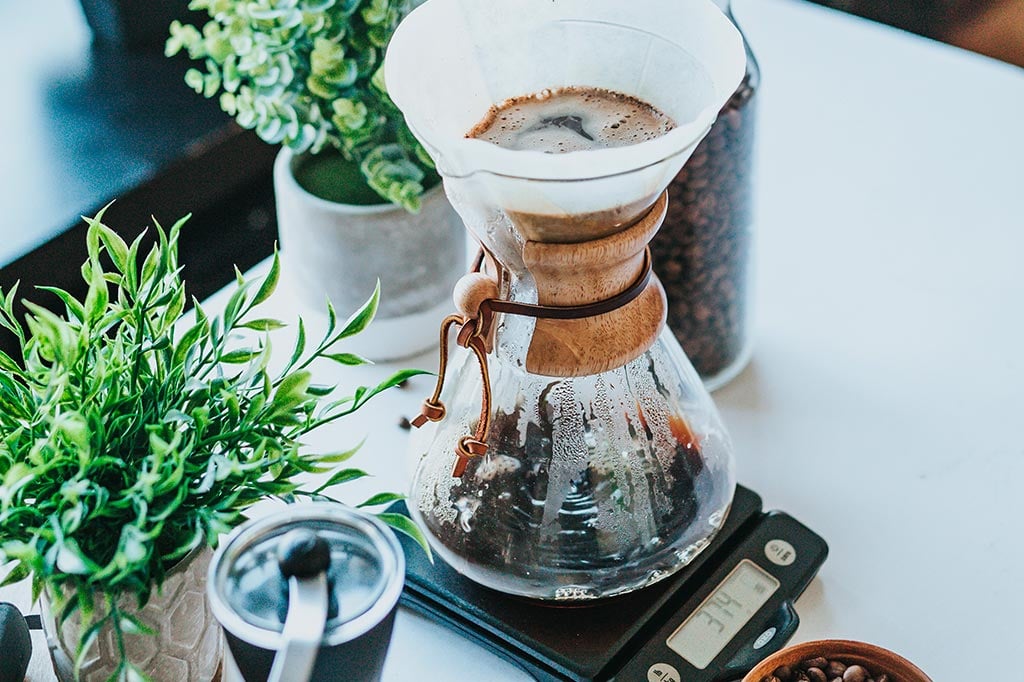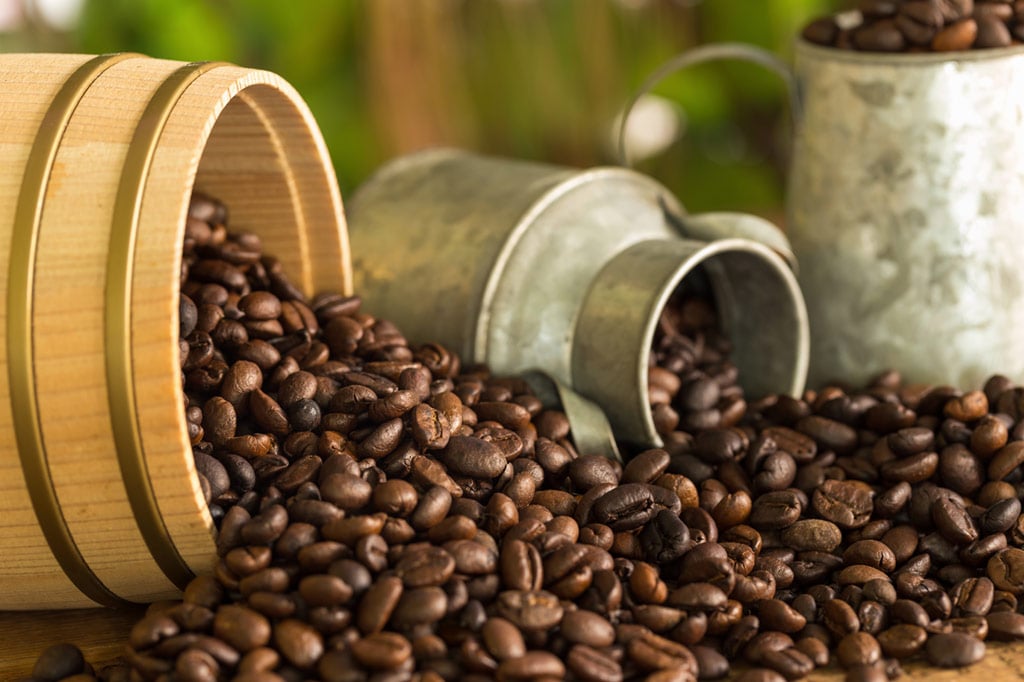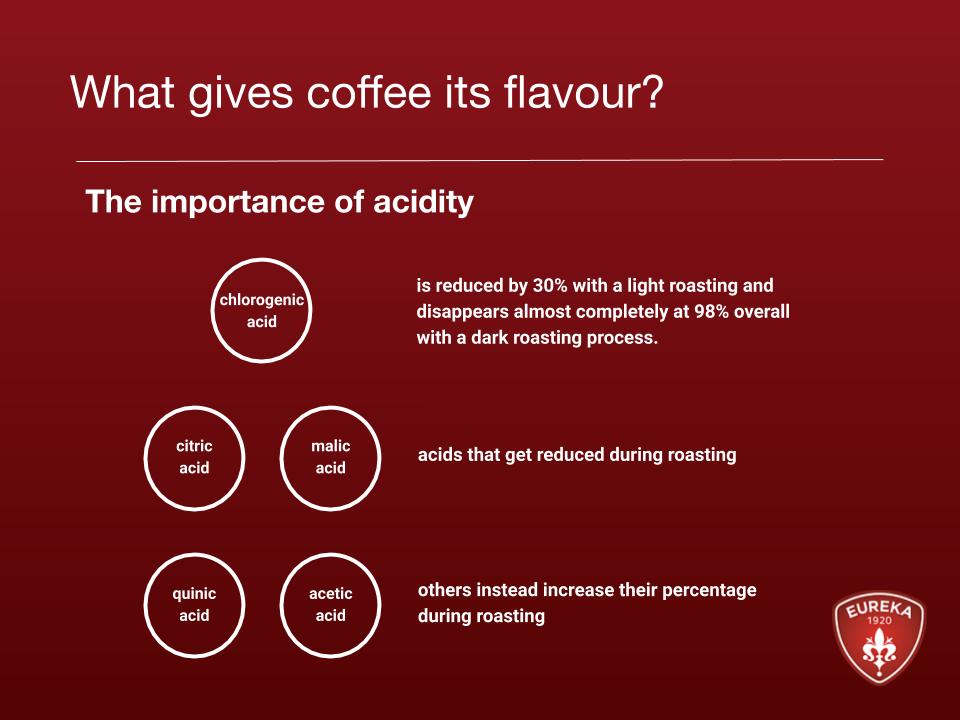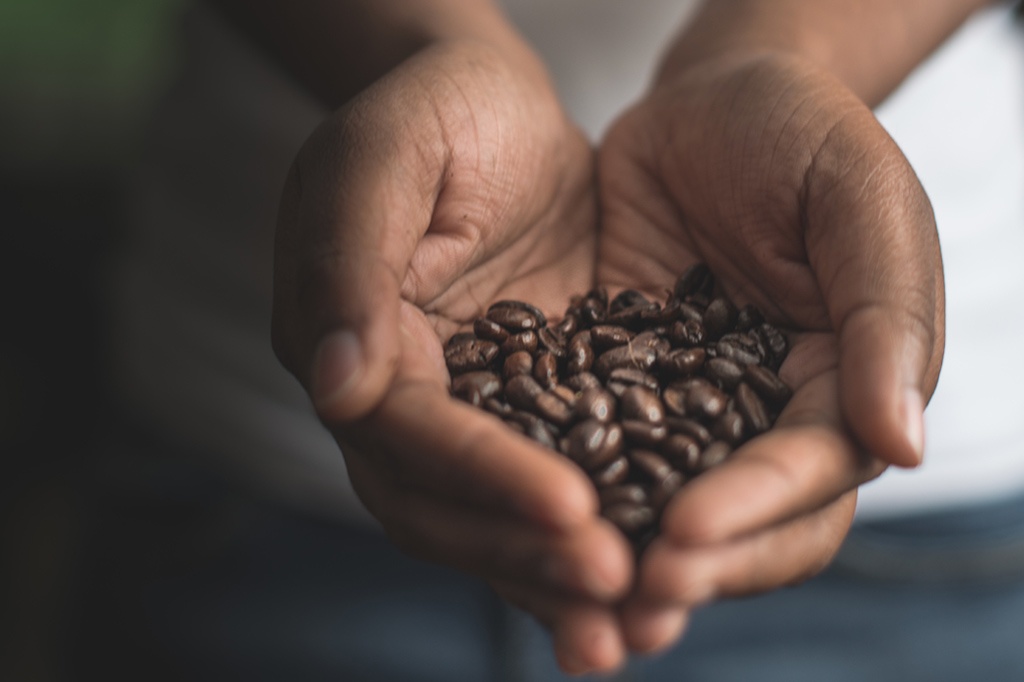Eureka Blog
What gives coffee its flavour?

We were searching for an answer when we began our journey around the coffee drupe, and an answer is becoming increasingly defined in the course of these pages, which accompanied the coffee bean in its long and fascinating journey rich with traditions and culture, stories and landscapes that takes the very coffee bean from its plantation to our cup.
Inside of this last article we analyse the last, but not least, factor that influences the intensity and the quality of the coffee in our cups, in a way to understand better what gives coffee its flavour in all its various facets.
Let's start with some chemistry
Acids and bases belong to two classes of chemical compounds that feature totally opposite characteristics. Acids have mostly a sour flavour, provide to testing strips a red colouring and in contact with almost every metal react by freeing gaseous hydrogen; bases instead have a bitter taste providing to testing strips a blue colouring and are slimy to the touch.
By mixing the aqueous solutions of an acid and a base, a neutralization reaction develops capable of producing a salt and H2O: an example of what has just been said is hydrochloric acid + sodium hydroxide ⇄ water + sodium chloride.

This brief chemical introduction finds its explanation in the many tens of acids present in each coffee bean: the first one among them is chlorogenic acid which is reduced by 30% with a light roasting and disappears almost completely at 98% overall with a dark roasting process. Other acids that get reduced during roasting are citric acid and malic acid, while others instead increase their percentage, such as quinic acid and acetic acid.
The importance of acidity for a good coffee
Balancing the acids of the bitter components and the acids of the sweet ingredients is the true art of roasting: different beans have different levels of compounds that respond differently to the roasting process (which excludes the possibility of a fixed formula to follow).
The final balancing that every roaster follows is the result of many tentative, errors, flavours and personal taste, all of it mixed with a wide variety of temperatures, time frames and work notes.
When in a cup of coffee there is no acidity, it results flat and 'monotone', without character: compared to a well balanced cup, it is like drinking the last sip from a plastic water bottle rather than a drink of fresh spring water.
The right level of acidity, in fact, is able to grant the beverage that brilliance and sweetness that are the characteristics of the ripe fruit: nothing to do with a sour or astringent flavour.
This is why one must never make the mistake of confusing acidity with sourness: the first being positive just as the second is always negative!
How is coffee packaged?
Once the level of acidity has been defined, another factor that gives coffer its flavour is surely its packaging and its conservation.
Even if for many it may seem a paradox, but because of the 'degassing' process, which occurs at the end of coffee roasting, it is not recommended to pack it immediately after roasting: the carbon dioxide leaking may form pressure inside the package that can compromise the air tightness, and thus ruin the proper preservation.

However, proceeding only at the conclusion of the 'degassing' is just as risky, as the coffee beans could be exposed to oxygen for too long (oxygen has in fact immediate effects of oxidation and deterioration) with negative consequences on the quality of the resulting coffee cup.
Here is why the majority of modern packaging technologies offer different solutions to allow the carbon dioxide to leave, but avoid, at the same time, that oxygen comes in contact with the roasted coffee.
The packaging adopted by the majority of the roasting companies is the multi-layer aluminium polymer bag with check valve: this solution allows creating a perfect packaging during the ‘degassing’ stage (usually a few days away from the end the of the roasting, when the majority of the CO2 has already left), with the aforementioned valve acting as a barrier against carbon dioxide leaving and oxygen that would risk entering.

To extend the product's shelf life, that is the period of time in which the packaging allows the quality of the coffee to remain unaltered without having to resort to special processes, at the time of packaging it is possible to replace the air in the bag (given that the air includes 20.95% oxygen) with nitrogen.
Even more expensive solutions are adopted to slow down as much as possible the deterioration of the coffee such as, for example, the use of tin cans equipped with safety valves, to be stored in a fully sealed environment.
In the continued search for eco-friendly and better performance materials, the packaging industry is constantly hard at work to develop the perfect packaging: fully resistant to humidity, air and light, chemically inert so as to avoid oxidation, biodegradable, cost effective and always sturdy.
A long process to reach the right flavour
“A chain is no stronger than its weakest link" is a way of saying that has become a cliché in the business world, but in our case it is the perfect phrase to described the long journey of the coffee and its final stop.
Whichever weakness may emerge along the path, from the selection of the unripe coffee bean all the way to its roasting (over/under roasted) or the balancing of its mix, will have a negative impact on the final result.

So, what gives coffee its flavour? The coffee bean goes through many steps and each one contributes to the result that reaches our cups, even before the barista's intervention! In fact, a barista is nothing but the last step of the coffee's journey before ending up in the cup, but this is another story...
This is how the charming journey you have undertaken alongside the coffee bean ends; a journey that started from the vast and endless plantations all the way to the coffee cup.
This journey took you through the fragrances and flavours of where coffee grows and develops to learning about the techniques and teachings that characterise the daily efforts both of the grower and of the coffee roaster in a bundle of experience and skills that accompanies every stage of this long caffeine chain, giving it - if ever possible - even more spark and flavour.
